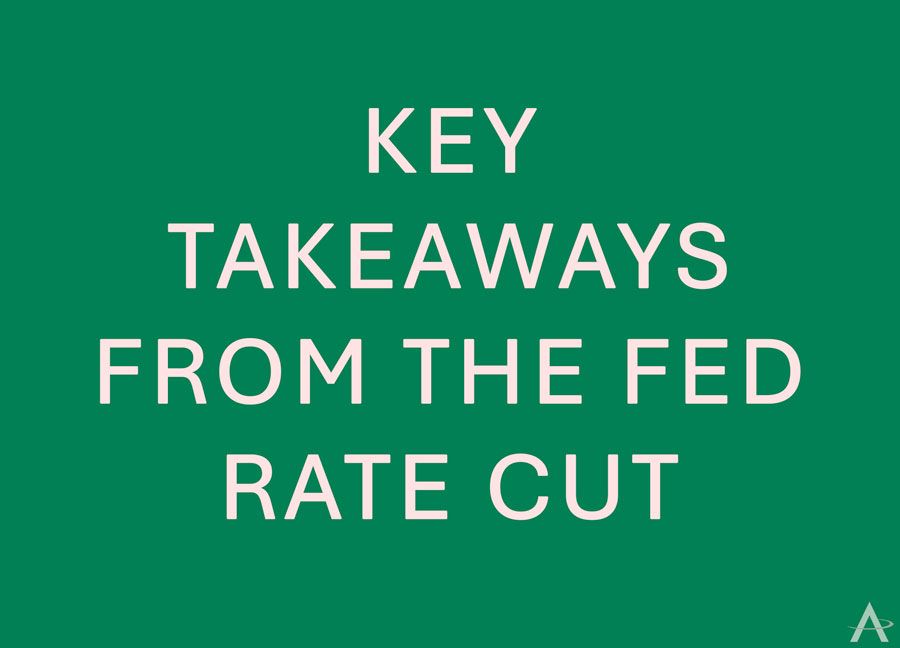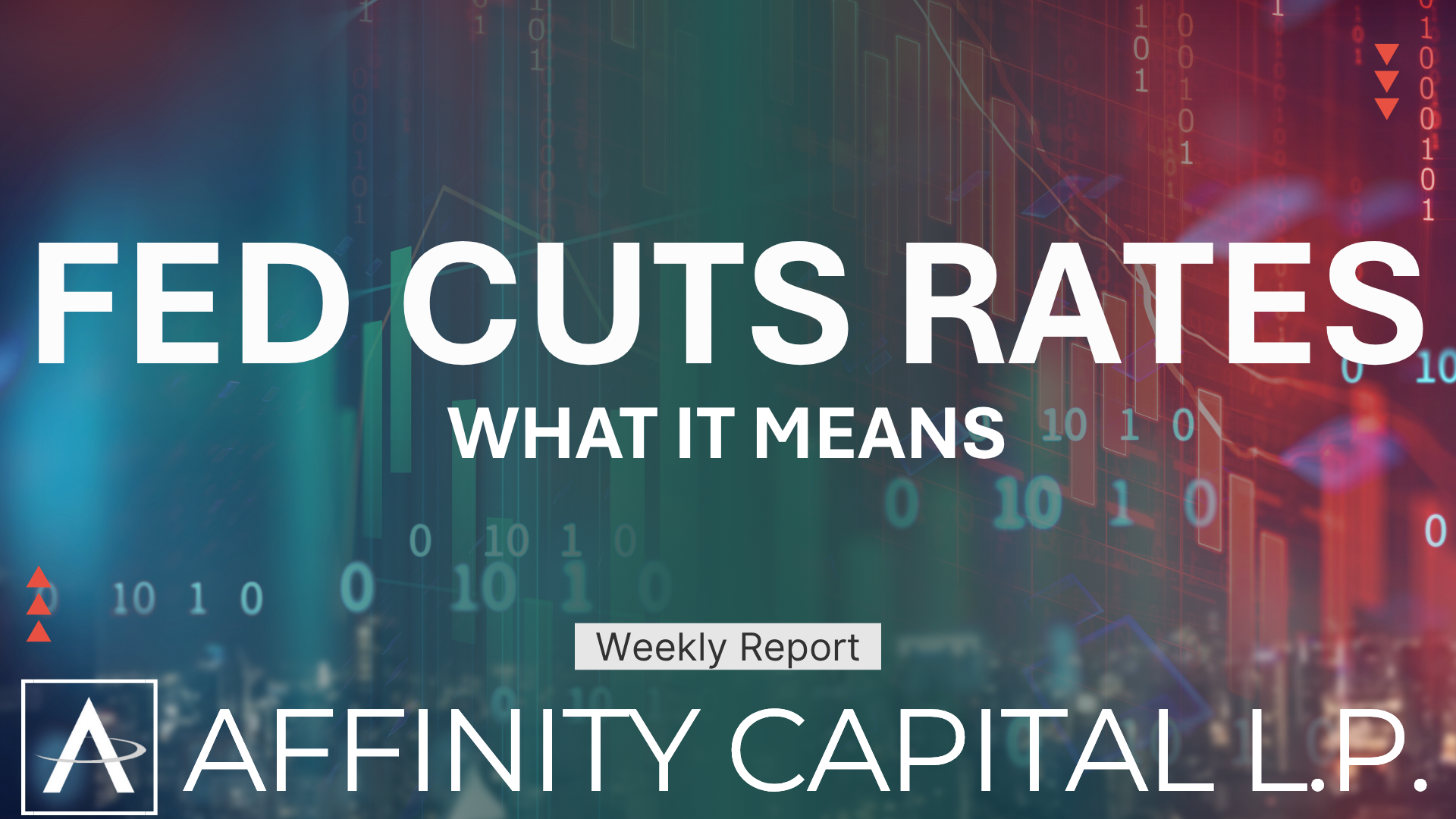Key Takeaways from the Fed Rate Cut

The Federal Reserve's decision to cut the federal funds rate is a significant development with far-reaching implications for the U.S. economy. Here's a deep dive into the key takeaways and the rationale behind this move:
Key Takeaways
- Moderate Rate Cut: The Fed opted for a 25 basis point reduction, a move that signals a cautious approach to further monetary easing. This smaller cut compared to the previous half-point reduction suggests that the central bank is closely monitoring economic data and may adjust its policy stance accordingly.
- Focus on Inflation: While inflation has been cooling down, it remains a key concern for the Fed. The central bank aims to strike a balance between stimulating economic growth and preventing a resurgence of inflationary pressures.
- Uncertainty Remains: Despite the recent positive economic indicators, the Fed acknowledges that uncertainties persist. Potential risks include geopolitical tensions, trade disputes, and the evolving global economic landscape.
Reasons for the Rate Cut
- Cooling Inflation: The Fed's preferred inflation gauge, the Personal Consumption Expenditures (PCE) price index, has been trending downward. This decline in inflation provides some breathing room for the central bank to ease monetary policy without jeopardizing its price stability mandate.
- Robust Labor Market Metrics: The Bureau of Labor Statistics show the labor market continuing to show strength, with low unemployment rates and solid job growth. However, the Fed is mindful of the potential for wage pressures to contribute to inflation in the long run.
- Economic Growth Concerns: While the economy has been resilient, there are concerns about the sustainability of the current growth trajectory. A rate cut can help boost business investment, consumer spending, and overall economic activity.
- Global Economic Headwinds: The ongoing trade tensions and geopolitical uncertainties have created a challenging environment for global economic growth. A rate cut can help mitigate the impact of these external shocks on the U.S. economy.
Financial Advisor's Perspective
The Fed's rate cut has important implications for investors and consumers. For investors, lower interest rates can boost stock prices, as companies can borrow at cheaper rates to fund expansion and dividends. However, it's crucial to remember that the impact on individual stocks will vary depending on their specific business models and exposure to interest rates.
For consumers, lower interest rates can lead to lower borrowing costs for mortgages, auto loans, and credit cards. However, it's important to note that the full impact of the rate cut on consumer spending may take some time to materialize. Additionally, lower interest rates can also reduce the returns on savings accounts and certificates of deposit.
At Affinity Capital, we stay updated on economic developments and their potential impact on your portfolios. We support regular portfolio reviews and adjustments to ensure that your investments are aligned with your financial goals and risk tolerance.
We look forward to meeting with you soon to discuss your most recent quarterly reports. Please don’t hesitate to call with any questions and to discuss your portfolios.



